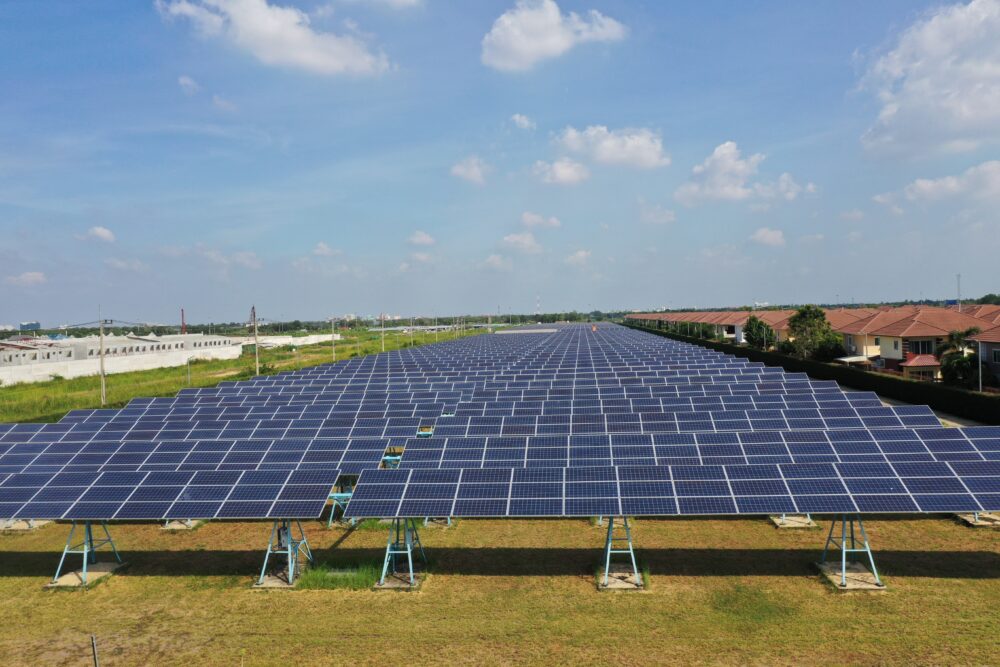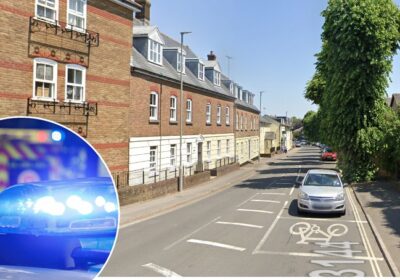A SOLAR farm spanning several fields could be built between Shaftesbury and Gillingham if plans are approved.
Applicant Enviromena submitted plans that would see a 12-megawatt ground-mounted solar array installed on land south of Motcombe Road, southeast of Motcombe and northwest of Shaftesbury.
The solar farm site would be 64 acres in size and would provide enough renewable energy to power approximately 6,384 homes per year.
The applicant said the solar farm would avoid 3,570 tonnes of carbon dioxide being generated per annum from fossil fuel-based energy generation, which is the equivalent of taking 4,746 cars off the road each year.
It would also provide renewable electricity for distribution through the local electricity distribution network.
The land is currently in agricultural use, and there are plans to remove the artificial fertilizer load on the land ahead of construction.
“The ‘resting’ of the land will mean that when it returns to a fuller range of agricultural uses in the future, it will be of better quality, with higher levels of soil-organic content and improved structure”, an Environmena spokesperson said.
READ MORE: Plans to build 23 affordable homes in Shaftesbury refused over pedestrian safety fears
READ MORE: Two men arrested after trying to throw drugs into prison near Shaftesbury
They said ground-mounted solar power such as the application would provide is “clearly supported” by the government, as Labour plans to triple solar power capacity in the UK to “make Britain a clean energy superpower”.
A consultation event about the plans took place in August of last year in Motcombe Village Hall, where 105 people attended.
29 people completed a feedback form – and 20 people objected to the plans.
Key matters raised include the potential visual impact and the loss of agricultural land.
Following concerns raised in the consultation, a new proposed access route has been selected which would mean construction traffic would avoid passing the village.
Responding to concerns that solar should be focussed on car parks and rooftops instead of fields, Enviromena said that “capacity achieved through this is still not sufficient and therefore large-scale solar farms would still be required to reach the net zero targets agreed.”
Solar farms of this nature have an expected lifespan of around 40 years.
To view and comment on the plans, visit the planning section on the Dorset Council website and search reference P/FUL/2025/03674.
Click here for more planning news from your New Blackmore Vale.










If anything like the one at Winterbourne Whitechurch where they promised the village a set amount funds for each year, make sure you get it as they havnt as went back on there word
Loss of agricultural land is concerning. We are becoming less self-sufficient & reliant on other countries for food stuffs . The land has limited agricultural use once solar farms are in place. A few sheep? If the panels were raised higher maybe a few cows could graze but it uneconomical for crops.
Follow the money to see who really benefits.